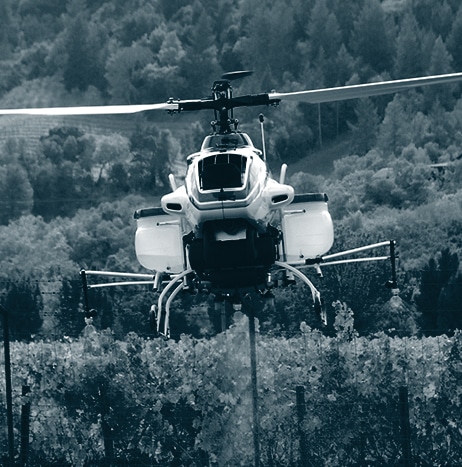Advanced aerial mobility holds promise, challenges for US aviation leadership, report says
February 19, 2020 | AUVSI News

Advanced aerial mobility — including flying taxis and aerial package delivery — gives the United States a unique opportunity to continue its historic leadership in aerospace, says a new report from the National Academy of Sciences, Engineering and Medicine. In 2018, NASA, which has been a pioneer of urban air mobility, asked the national academy to review the topic. The academy says while the study was underway, NASA and the aviation community began using the term “advanced aerial mobility,” of which urban air mobility was the most challenging part. “Implementing a versatile, advanced aerial mobility system with multiple applications and users is a complex, multidisciplinary challenge,” says a summary of that report, which was released Feb. 18. “No entity, public or private, possesses all the necessary skills.” However, it notes the United States has historically led the world in aviation technology, and says, “through a mix of strong academic investment in human and research capital, the development of critical artificial intelligence and autonomous technologies, and the availability of investment capital and the technical savvy of investors, the U.S. is poised to continue this trend.” To do so, it says NASA and the Federal Aviation Administration should create a United States Joint Advanced Aerial Mobility Master Plan and generate a “national commitment” to execute it. The report says that while urban air mobility is “an attractive application once the system capabilities are in place,” the nation should first focus on lower-risk operations, such as package deliveries in rural areas, which is already underway. “The plan is to solve basic issues first, then gradually increase complexity by bringing the fielded solutions into more suburban, and then urban environments, where increased population, obstruction density and traffic density creates more challenges,” the report says. Applications that are less demanding than flying taxis include emergency medical services, cargo logistics, disaster relief and others. The report says success of any advanced aerial mobility system will depend on it being safe, secure from hacking and disruption, resilient and accepted by the public. “In some ways, the nation is not ready for this transformation, and there are serious barriers to entry by new participants, such as small startups,” the report says. “There are mismatches between the exuberance of entrepreneurs and early investors and the realities of implementation, such as traversing an aircraft certification system that has developed over generations to address more traditional forms of air transport.” Among other recommendations, the report says NASA should prioritize resaerch that develops architectures, requirements and supporting technologies to enable integrating advanced aerial mobility into a future National Airspace System and should perform research aimed at mitigating public annoyance due to noise and other factors. It also says NASA should continue to use its Grand Challenge program to demonstrate operational concepts and scenarios for advanced aerial mobility, which should lead to “formalized best practices, tools, resources and training programs available to all U.S. stakeholders.”


